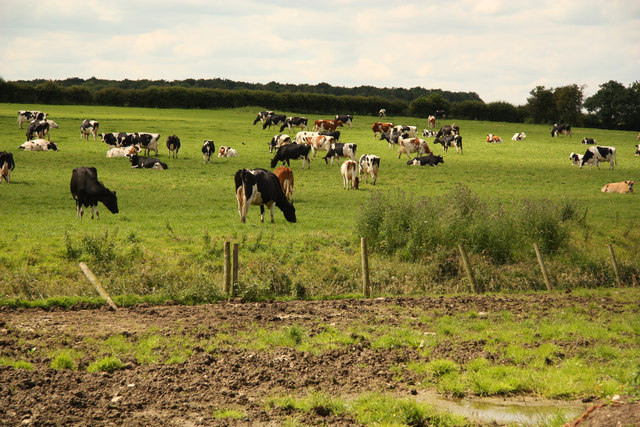While milk producers in the EU struggle with low milk prices, the EU and its member states struggle to come up with a coherent policy to address the issue. Milk prices will not recover until there is a better balance between supply and demand. I have previously written a number of posts (here and here) in which I have described the policy responses introduced in response to the sharp fall in milk prices since their record high in early 2014.
These responses include measures designed to reduce supply. Specifically, the Commission has activated Article 222 of the CMO Regulation which suspends competition law in the case of producer organisations, co-operatives and inter-branch organisations and allows them to voluntarily limit supply with a view to raising the price of milk. The Commission has also indicated that it is prepared to approve higher levels of state aid to individual farmers who voluntarily freeze or reduce production compared to a reference period in the dairy, pigmeat and fruit and vegetable sectors.
So far, so good. Although I have expressed doubt about the likely efficacy of these measures, the Commission is at least attempting to give member states the opportunity to curtail the supply of milk in response to insistent pressure from some member states led by France.
So, what are member states doing? Far from trying to curtail milk production, member states led by France are doing exactly the opposite. Under the scheme of voluntary coupled support which was introduced into the direct payments regulation in the 2013 CAP reform, 19 member states had notified the Commission (as of 1 August 2014) that they intended to grant coupled support to milk producers. This means that farmers only receive these payments provided that they continue to maintain these cows and thus continue to produce milk. The countries, the amounts involved and the number of animals covered in 2016 are shown in the following table.

In total, exactly one-half of the dairy cows in the EU-28 now receive coupled support, with the amounts ranging from €27-728 per head, for a total cost of almost €830 million. This is double the amount of aid that the Commission made available to support dairy farmers in its September 2015 package. It might be argued that countries want to use coupled aid to support milk production in disadvantaged regions, such as mountain areas. However, some countries including France have elected to support all of their dairy farmers (figures close to 100% in the final column – note that for some member states the percentages are greater than 2013 dairy cow numbers, meaning that these countries have set their quantitative ceilings for coupled aid reported to the Commission at levels above 2013 numbers).
So the next time you hear M. Le Foll ask for measures to reduce the level of milk supply in the EU, you might suggest to him that the answer lies in his own hands. Member states can revise their coupling decisions by 1 August 2016 with applicability from 2017. Time to get a move on, M. Le Foll!
This post was written by Alan Matthews
Photo credit: Elsthorpe cattle near to Elsthorpe, Lincolnshire, Great Britain © Copyright Richard Croft and licensed for reuse under a Creative Commons Licence.


